Pakistani intelligence sources said that the country's air force aircraft entered Iranian airspace to attack Baloch militants and then returned.
"Our forces launched airstrikes against militants inside Iranian territory. The militants targeted were all members of the Baloch Liberation Front," a Pakistani official said on January 18, referring to the armed group demanding independence for Pakistan's Balochistan province.
According to a Pakistani intelligence source, Pakistani air force fighter jets flew into southeastern Iran to attack rebel targets there and then returned home, but did not disclose the number of fighters involved in the operation. This is considered a move that could significantly escalate tensions between the two sides.
After the attack, the Iranian Foreign Ministry summoned Pakistan's charge d'affaires to explain the incident.
Pakistan's Foreign Ministry confirmed on the same day that its military launched an operation against armed groups it considers terrorists, including a raid on targets in Iran's southeastern Sistan-Baluchistan province. "Pakistan fully respects the sovereignty and territorial integrity of the Islamic Republic of Iran," the agency said.
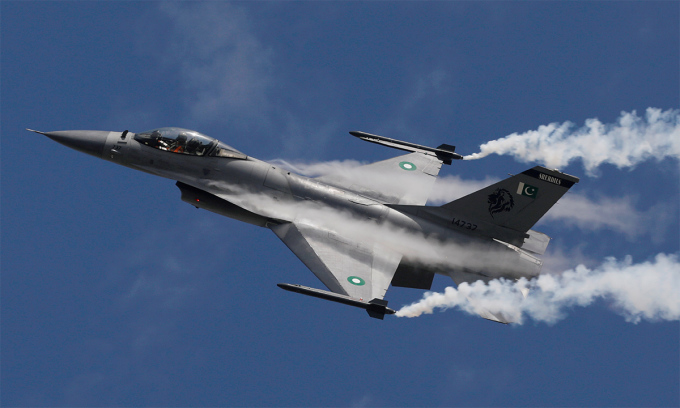
Pakistan's F-16 fighter jets perform in Karachi in February 2020. Photo: Reuters
A senior Pakistani security source said the country's military "has been placed on a high state of combat readiness", warning that Islamabad would respond strongly to Tehran's "adventurism".
Alireza Marhamati, deputy governor of Iran's Sistan-Baluchistan province, said a total of nine people were killed in the missile attack on villages near the border with Pakistan.
Iranian Interior Minister Ahmad Vahid said all those killed were foreign nationals, while the FARS news agency reported that they were “Pakistani”. Iranian officials did not explain why the foreign nationals were in the country at the time of the airstrike.
The attack came after Iran announced on January 17 that it had attacked a militant base in Pakistan with missiles and unmanned aerial vehicles (UAVs). Pakistani officials said the attack killed two children and injured several others, but did not specify the location. Pakistan later recalled its ambassador to Iran to protest the "blatant violation of sovereignty".
Iran has recently launched several strikes targeting what it calls "Israeli spy nests" in Iraq and Islamic State (IS) positions in Syria. Iraq recalled its ambassador to Iran following the attacks.
Some experts warn that the situation in the Middle East could spiral out of control after a series of attacks on each other's territories between Iran and Pakistan.
"What may catch Iran's attention is that Pakistan crossed a 'red line' by attacking its territory, a threshold that both the US and Israel have historically avoided," said Asfandyr Mir, a senior fellow for South Asia security at the US Institute of Peace .
The Baloch Liberation Front, an Iran-based group, is waging an insurgency against the Pakistani government. Meanwhile, Jaish al-Adl, a Pakistan-based Sunni militant group, is seen as a threat by Iran. Jaish al-Adl has previously attacked Iran's Islamic Revolutionary Guard Corps.
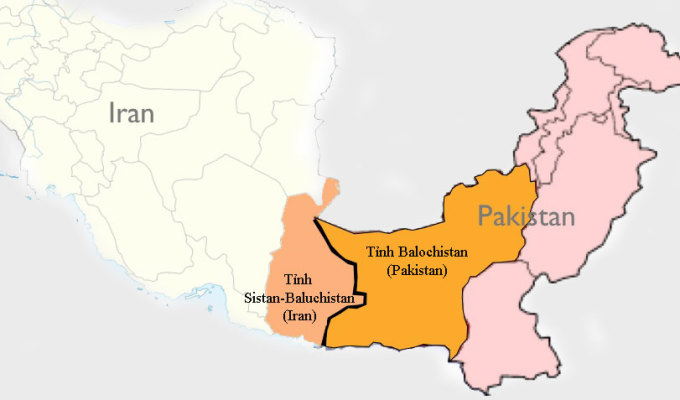
Location of Iran's Sistan-Baluchistan province bordering Pakistan's Balochistan province. Graphic: GeoCurrent
Nguyen Tien (According to Reuters, AFP )
Source link



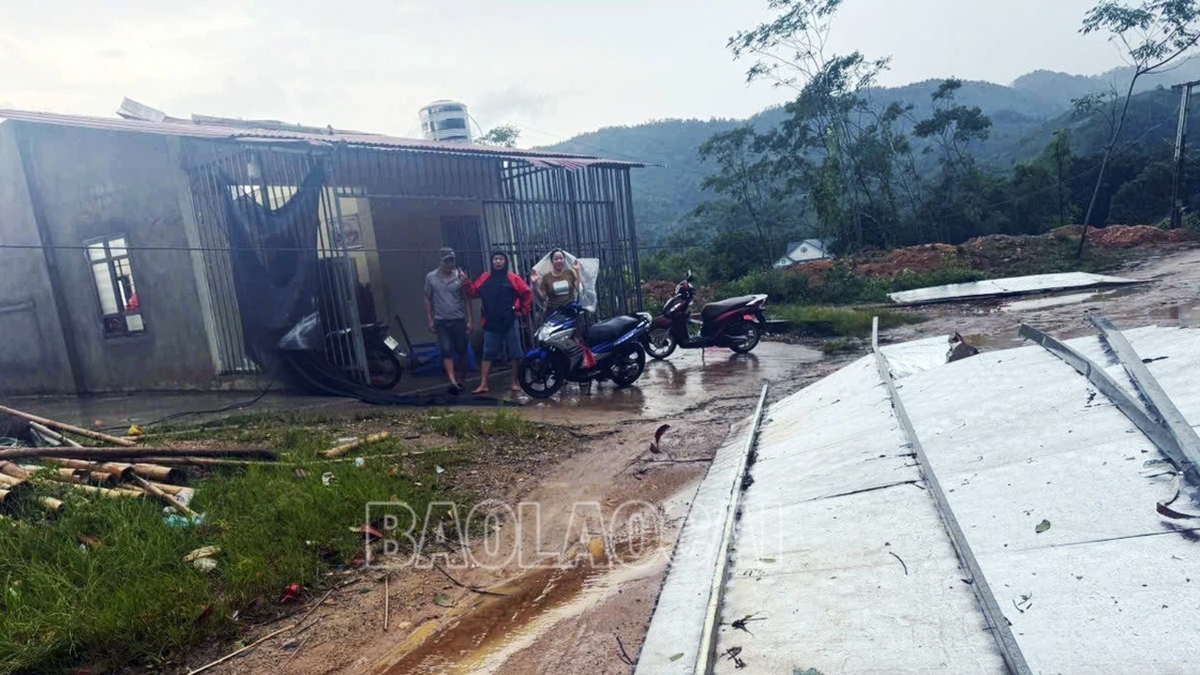



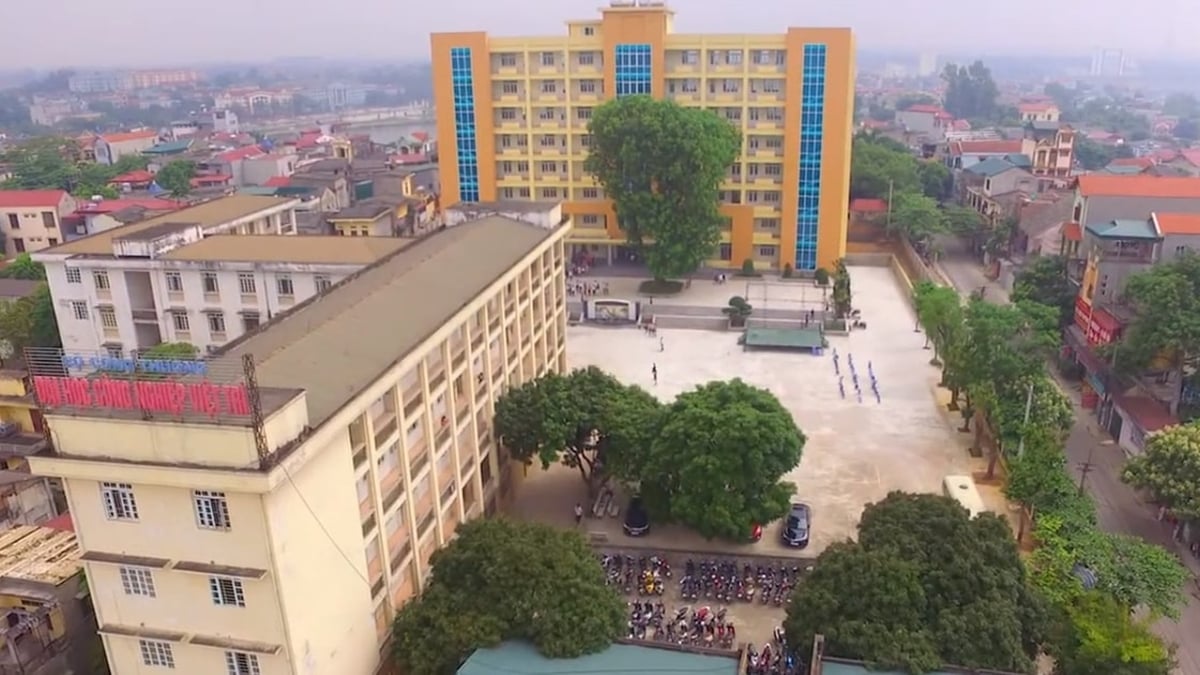
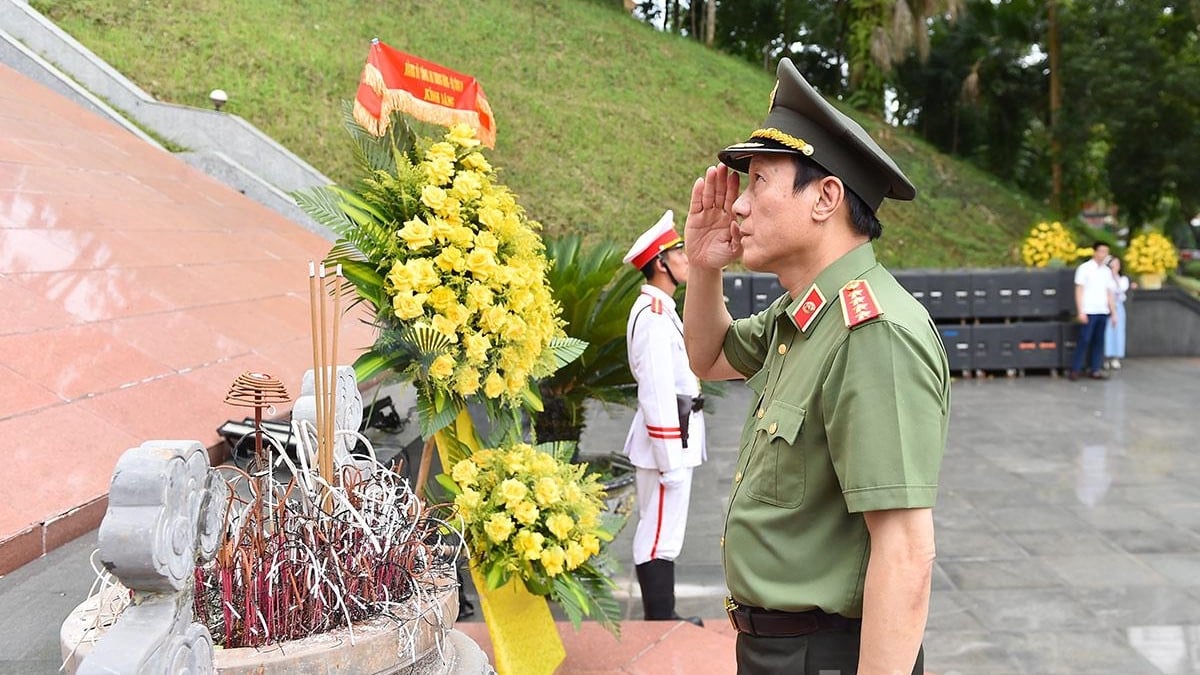
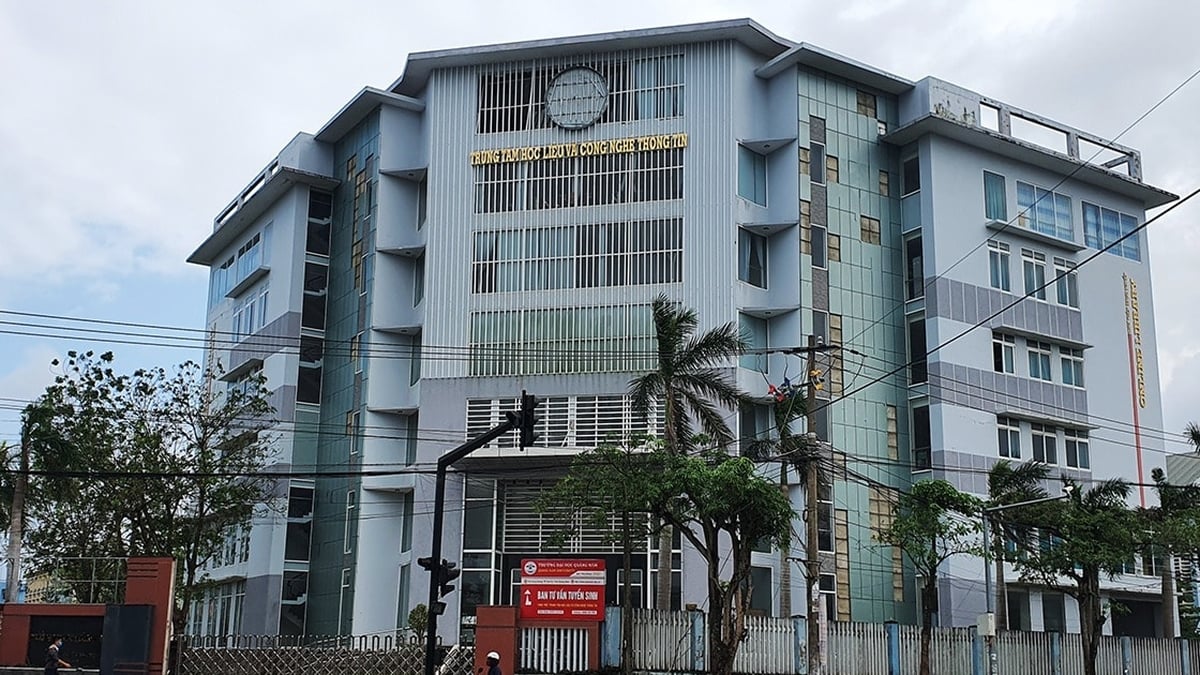
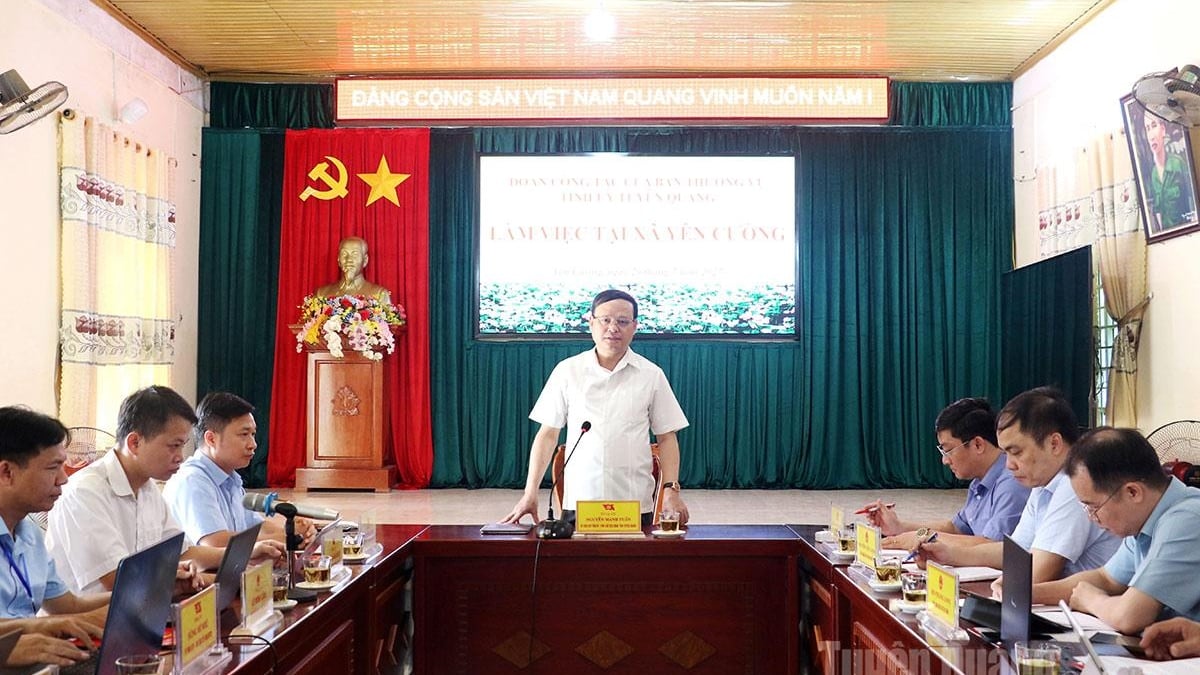
















![[Photo] National Assembly Chairman Tran Thanh Man visits Vietnamese Heroic Mother Ta Thi Tran](https://vphoto.vietnam.vn/thumb/1200x675/vietnam/resource/IMAGE/2025/7/20/765c0bd057dd44ad83ab89fe0255b783)




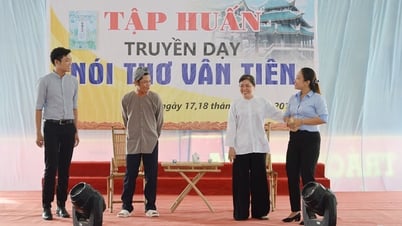

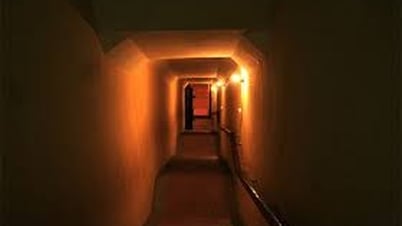

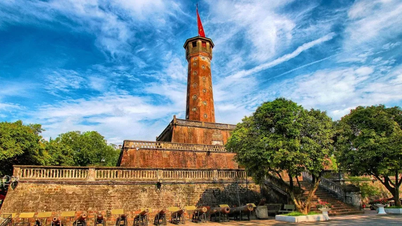


























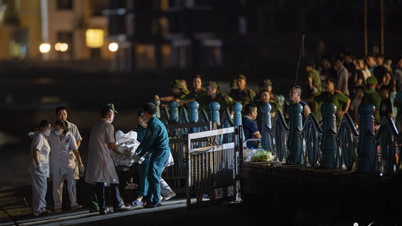


































Comment (0)